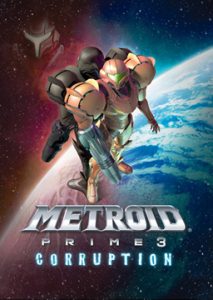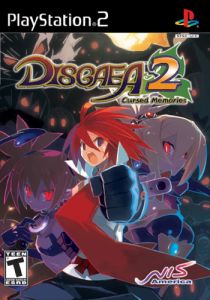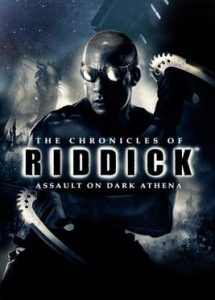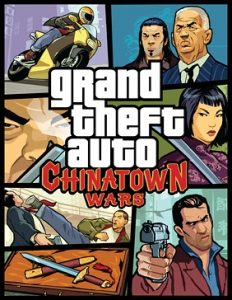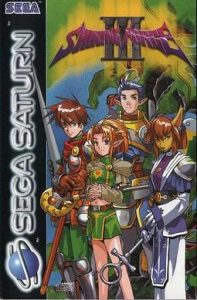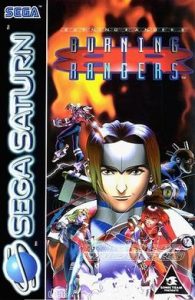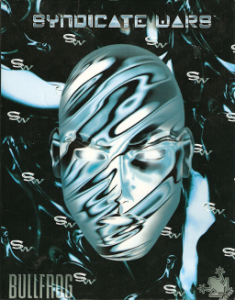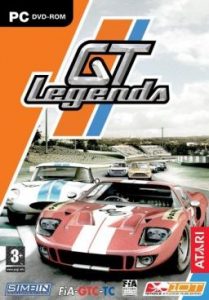982nd played so far
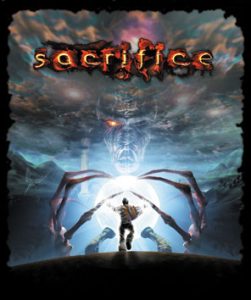
Genre: Action/Strategy
Platform: PC
Year of Release: 2000
Developer: Shiny Entertainment
Publisher: Interplay Entertainment/MacPlay
My mind has always mixed Sacrifice with Sacred, an isometric RPG also set in a fantasy world. What it actually is, is another strategy game where you’re in the action, like with Battalion Wars and Herzog Zwei, but as said in quite a different setting. Having some magic to help push your character though feels like it should make the game that much more interesting.
Our Thoughts
Although the game plays like those previous games, it does have the advantage of offering keyboard support that gives you some extra control over what’s happening – I didn’t have to struggle quite as much commanding my units, although the limitations of limited groups still exist.
But while the controls in the missions work fine, if not great, it’s everything that surrounds them that really got my attention. During the game, you have the attention of five gods. For each round, you can pick between different missions for each of them. On the early rounds, that’s any of them, but as you make some of them angry they will also refuse to give you missions. You can balance this by going between them and sometimes completing or not completing side missions in the game. While it’s interesting to see the variety and larger number of options, since you can only choose a single mission in each of the five rounds, the pressure to keep your options open is a lot less.
When it comes to the story, having played with these systems a bit, the missions get to be quite different. The flavour of the missions – whether you research, protect or corrupt – comes through from the five gods, but since your path through the missions is fairly random, you don’t get storylines that feed through from mission to mission. For example, Stratos’ first mission involves the gods abandoning an area and investigate its collapse. It’s an interesting concept that feels like it could feed a branch of the storyline, but it doesn’t go anywhere after that because it has to stay open like that. The missions themselves don’t necessarily finish the story either, which makes it less satisfying.
Another part of the system that works is that your choices of mission build your powers. Your first set of units will change depending on the god you pick for the first mission, but stay with your character, and every subsequent mission adds a unit or spell. This means that each path lands you with a different powerset. I felt they didn’t always end up matching, but you certainly get something interesting out of it and optimizing to get the powerset you want feel like an interesting puzzle when replaying the game.
Final Thoughts
Aside from the at times slightly loose storyline – told in cutscenes in between the missions, but not carrying it through inside them – the way the game builds its powers is quite interesting. It feels like there’s a lot more strategy there that requires me to play a lot more to really grasp it. At the same time, it also makes for a neat extra difficulty mode – when I couldn’t get to grips with one mission, I could go to another and try again, even if that meant the introduction of some characters got messed up and went unexplained. It’s probably not a bad idea to play through each god’s storyline first if you really want to get what’s going on.
